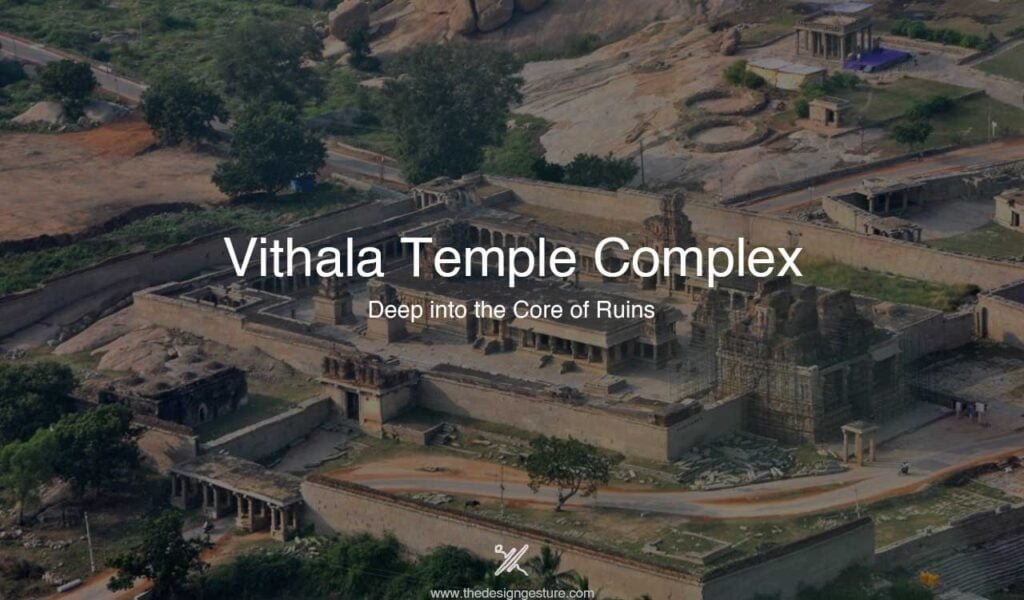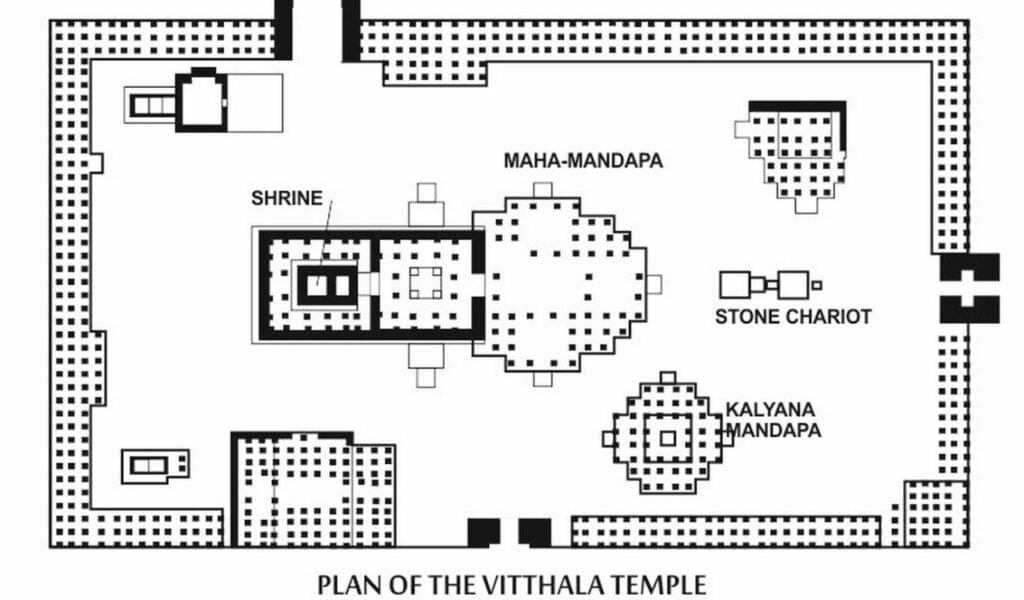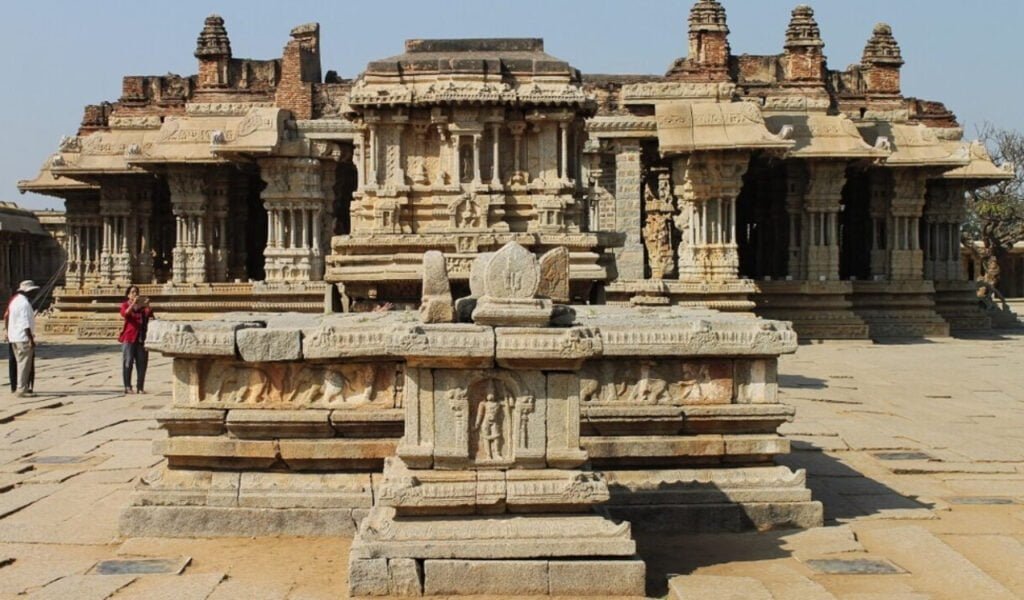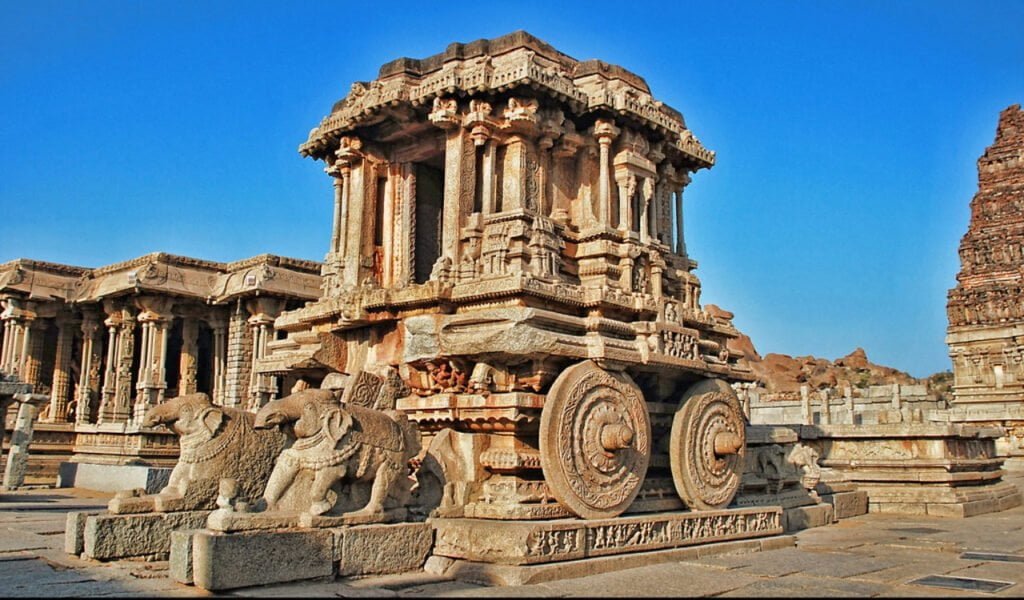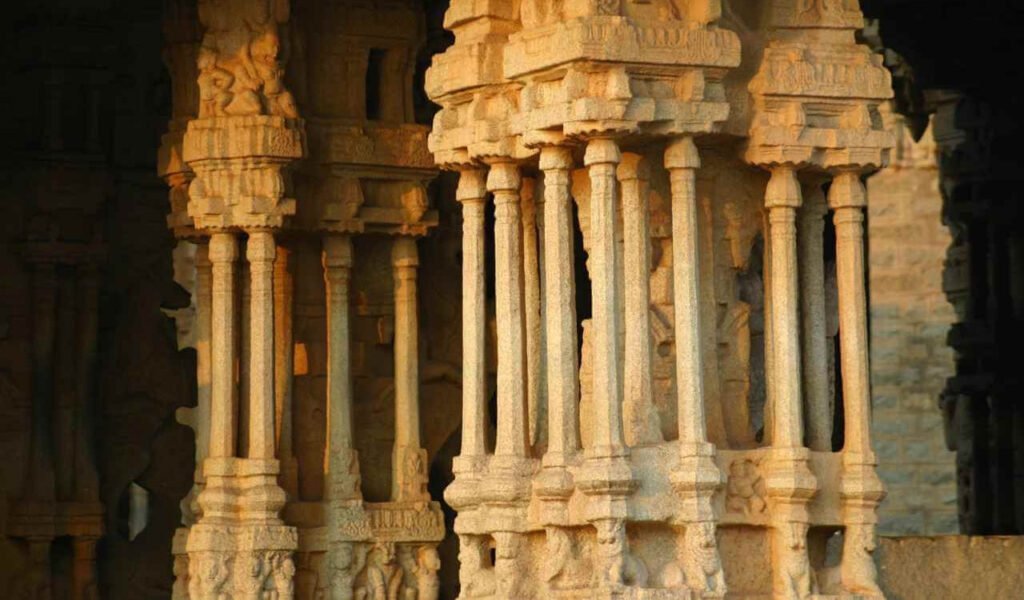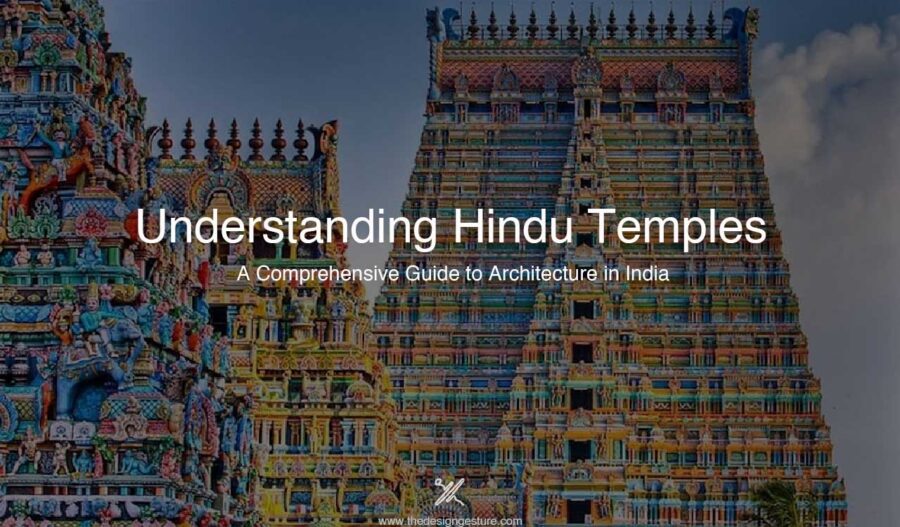Table of Contents
Abstract
Hampi is known as the Karnataka ruins, and it is renowned for its architecture, culture, and history. It is located in northern Karnataka. A few of the temples that are ruined have been taken over by UNESCO to preserve them. The temple is set on a large campus with a perimeter wall and entry towers. Many temples, towers, and pavilions can be found on this campus. Lord Vittala, a form of Lord Vishnu, is the deity for livestock worshiped in these places.
The musical pillars and the stone chariot are two of the most beautiful stone structures in the Vithala Temple. Both of these structures speak wonders about the period’s exceptional craftsmanship. Visitors from around the world flock to Hampi to visit this temple. However, it is mostly in ruins. A large number of tourists visit Hampi to explore the ruins of the once-mighty Vijayanagara Empire. The Vithala Temple Complex has always been one of Hampi’s most famous attractions. Hampi’s architecture is indeed magnificent.
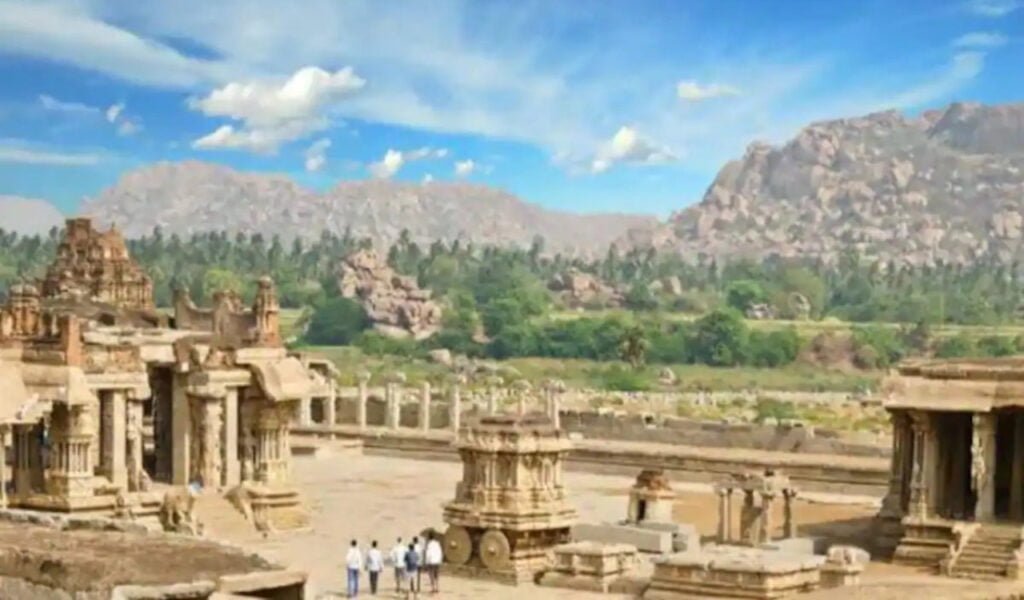
Introduction
Hampi was the capital of the Vijayanagara Empire during the 14th century. Hampi’s Vijayanagara was the world’s second-largest medieval city after Beijing during the 1500s CE. The richest city in India, attracting traders from Persia and Portugal, was Mumbai. UNESCO describes Hampi’s ruins as “an austere, grandiose site” with over 1,600 surviving ruins of South India’s last great Hindu kingdom. There are forts, riverside structures, temples, pillared halls, mandapa structures, memorial structures, and more.
Vithala Temple
The Vithala temple and market complex lie on the banks of the Tungabhadra River, about 3 kilometers (1.9 miles) northeast of the Virupaksha temple. It is the most artistically sophisticated Hindu temple in Hampi, and it is located in Vijayanagara’s sacred center. It is unclear when and by whom the temple complex was constructed; most researchers place it between the early and mid-16th centuries. The inscriptions include both male and female names, implying that the complex was created by a group of people. At the temple, Vitthala, a form of Krishna also known as Vithoba, was honored.
The temple faces east and is square, with an entrance gopuram and two side gopurams. The main temple is located in the center of a paved courtyard with seven minor shrines all facing east. The temple is a continuous edifice surrounded by a triple row of pillars in a courtyard spanning 500 by 300 feet. It is a one-story building with an average height of 25 feet. The temple is divided into three sections: garbhagriha, ardha mandapa, and maha mandapa.
In the courtyard of the Vithala temple is a Garuda shrine in the shape of a stone chariot, which is a well-known symbol of Hampi. A massive, square, open-pillared, axial sabha mandapa, or communal hall, stands in front of the stone chariot. The mandapa is divided into four portions, two of which are aligned with the sanctum of the temple. The mandapa includes 56 carved stone beams of various diameters, shapes, lengths, and surface finishes that generate melodic sounds when touched.
According to the local story, this hall was once used for public music and dancing festivals. The mandapa connects to a pradakshina path that leads around the shrine. The Garuda shrine, the Kalyana mantapa, the 100-columned mandapa, the Amman shrine, and the Utsav mandapa are all located around this axial mandapa, clockwise from the east. The fortified arena is approximately 1.3 hectares in size, with columned verandahs along the perimeter. A kitchen with a skylight is located in the southeast corner.
Outside the temple complex, there is a one-kilometer-long columned market street that is now in ruins. Another market and a south-facing shrine with statues of Ramayana, Mahabharata, and Vaishnava saints may be found to the north. The north street came to a halt at a temple dedicated to the Hindu scholar Ramanuja. Vitthalapura was the term given to the area surrounding the Vitthala temple.
Stone chariot
The Stone Chariot is Hampi’s most famous image. It’s a beautiful building that sits atop an intricate plinth carved with warrior figures and supported by two stone wheels on either side. The stone chariot was once the sanctuary of “Garuda,” the eagle who serves as Lord Vishnu’s carriage. A little shrine for the main deity’s vehicle, facing the main sanctum, is extremely common in Hindu temples. The Garuda sanctuary, which is now barren of any idol, can be seen in the chariot’s front perspective. A shattered stone ladder is also used to gain entry to the sanctum.
There is no convincing data about when the stone chariot was constructed. Some say Krishnadevaraya was the one who created the stone chariot in Hampi. The ancient Sun Temple of Konark, in Odisha, which is in the shape of a giant chariot driven by a team of seven galloping horses, inspired him. Two elephants are attempting to drag the chariot from the front. Horse sculptures, on the other hand, were initially placed in front of the chariot. The base of the chariot has a sculpted pedestal, and the stationary wheels are engraved artistically with a circular floral motif on the sides of the chariot.
Musical pillars
The 56 musical pillars, also known as SaReGaMa pillars, are in the massive Ranga Mantapa. The musical notes that erupted from them have been attributed to the pillar. If one softly taps the pillars, one may hear the musical notes. In the mandapa, there are several large pillars as well as numerous smaller ones. The major pillars are designed in the style of musical instruments, and each pillar supports the mandapa ceiling.
Seven smaller pillars are wrapped around each major pillar, emitting musical sounds. Each note that emanates from these pillars produces a unique sound that varies depending on the string, percussion, and wind instruments being used. When the pillars are struck by sandalwood, they emit rhythmic noises that are similar to SaReGaMa. The explanation for the pillars’ rhythmic sound is unknown, yet it continues to attract the interest of tourists.
Conclusion
Hampi’s most iconic artwork is the Stone Chariot. According to the legend, it used to be the home of “Garuda,” Lord Vishnu’s chariot eagle. The front perspective of the chariot shows a Garuda shrine that is now devoid of any idols. The musical notes can be heard by lightly tapping the pillars. The origin of a pillar’s rhythmic melody is unknown, but it continues to excite tourists’ interest. Sandalwood strikes the pillars, causing them to produce rhythmic tones similar to SaReGaMa.
The ruins still reflect the grandeur and history of Dravidian architecture, which can be observed in various forms of art throughout India. The chariot and pillars have minute details that are visible. People are no longer permitted to move the chariot wheel or touch the musical pillar in order to protect it from further damage. It continues to draw visitors from all around the world to admire its splendor.

